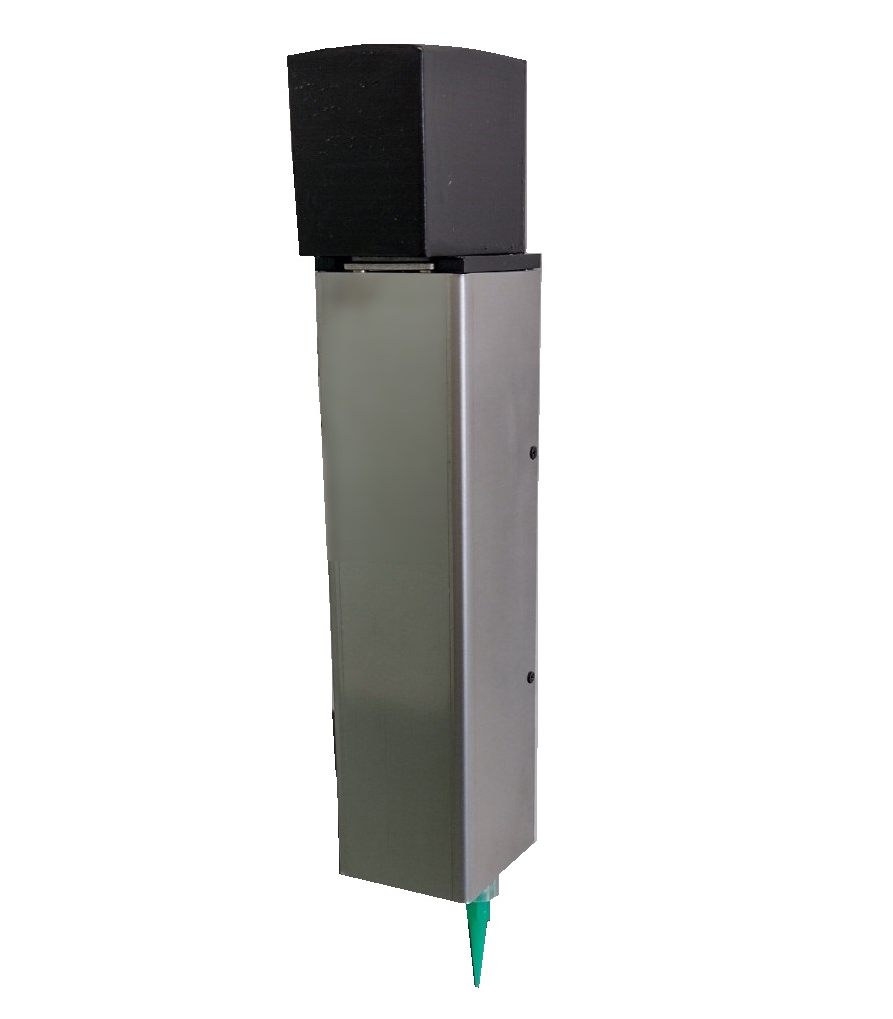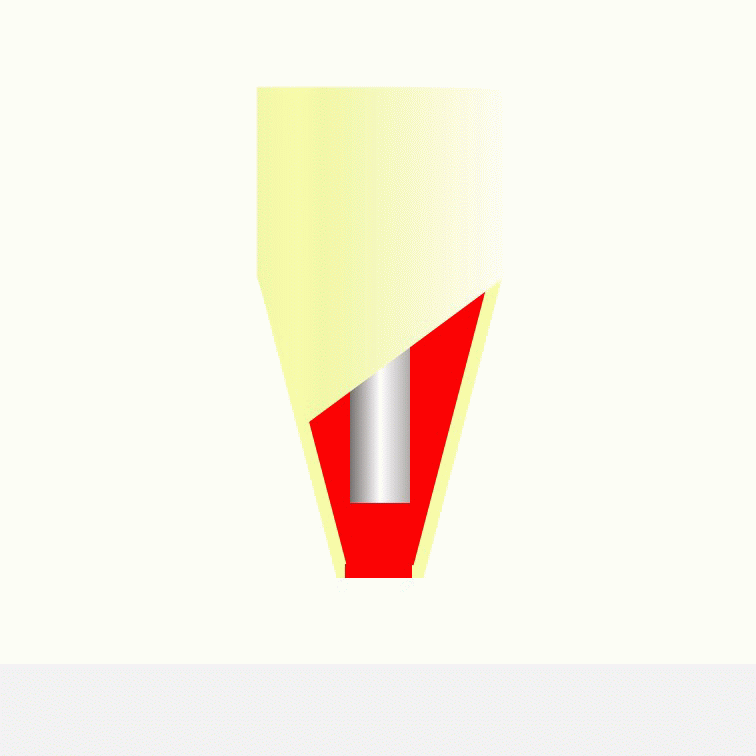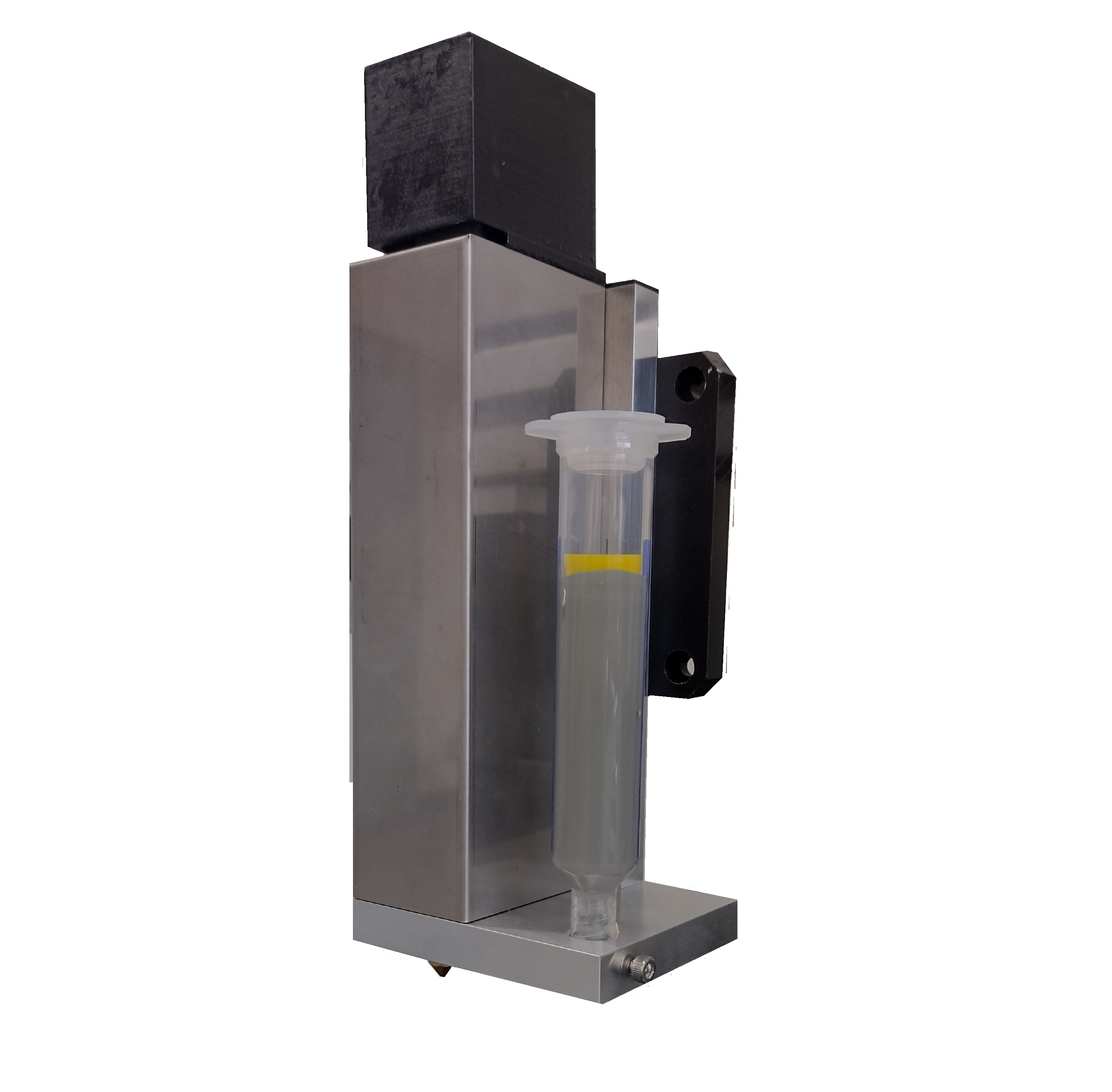Overview

This is a new dispensing system that can apply ultra-small droplets of liquid with greater smallness, precision, and reliability to meet the needs of the manufacturing industry.
The femto-SpotterTM can transfer (apply) tiny amounts of liquid to precise positions, ranging from femtoliters (fL).
In addition, it can handle high-viscosity liquids, resolving issues that previously existed with conventional dispensers.
The femto-SpotterTM can be used alone or integrated into a system for more comprehensive applications.
Features
- Ultrafine dropletAttention
- A dispenser that can apply liquid in ultrafine amounts (fL, pL, nL) that was previously impossible.
- High-viscosity liquids
- Capable of applying various liquids with viscosities ranging from low to high (up to 200,000mPas·s).
- Accuracy
- Precise application to a specific location (position accuracy: several µm).
- Filler compatibility
- Compatible with liquids containing fillers.
- No clogging
- Since the liquid is forcibly ejected, there is no clogging.
- No dead volume
- Even expensive liquids can be used down to the last drop.
- Compact
- Also compatible with further compacting the main body.
- Customizable
- Also compatible with customizing the system.
Specifications
| Method | Needle transfer method |
| Coating volume | fL to nL* |
| Coating diameter | 5 µm to 1 mm* |
| Compatible viscosity | 1 to 200,000 mPa・s |
| Body size | 36 mm × 36 mm × 170 mm** |
| Weight | About 200 g |
* Depends on the liquid to be dispensed and the material to be coated.
** Excluding protrusions.
Mechanism Overview

The mechanism has a simple structure as follows:
- Needle: a needle that transfers liquid droplets
- Reservoir: a cylinder that holds the coating liquid
- Coating liquid: liquid to be applied by the needle is held in the reservoir
- Coating object: transfers the tiny liquid droplets adhered to the tip of the needle
The simple introduction of the mechanism is as shown in the figure on the left.
- The needle descends inside the reservoir
- The needle protrudes from the hole in the reservoir to the outside
- Tiny droplets of liquid adhering to the tip of the needle are transferred to the object surface
- The needle rises and returns to the reservoir, and moves on to the next coating
Applications



- Essential liquid control in manufacturing
- Solder paste
- Adhesives
- Ink and paint
- Also useful in research and development
- Precious liquids such as DNA and reagents
- Patterning with conductive ink
- Determination of quantitative amounts of adhesive
System



- From standalone head to system integration
- Prototype experiments using standalone head
- Small batch production by incorporating into a system
- Full-scale production in-line
- High-spec mass production systems are also available
- High-precision desktop system
- Batch production system